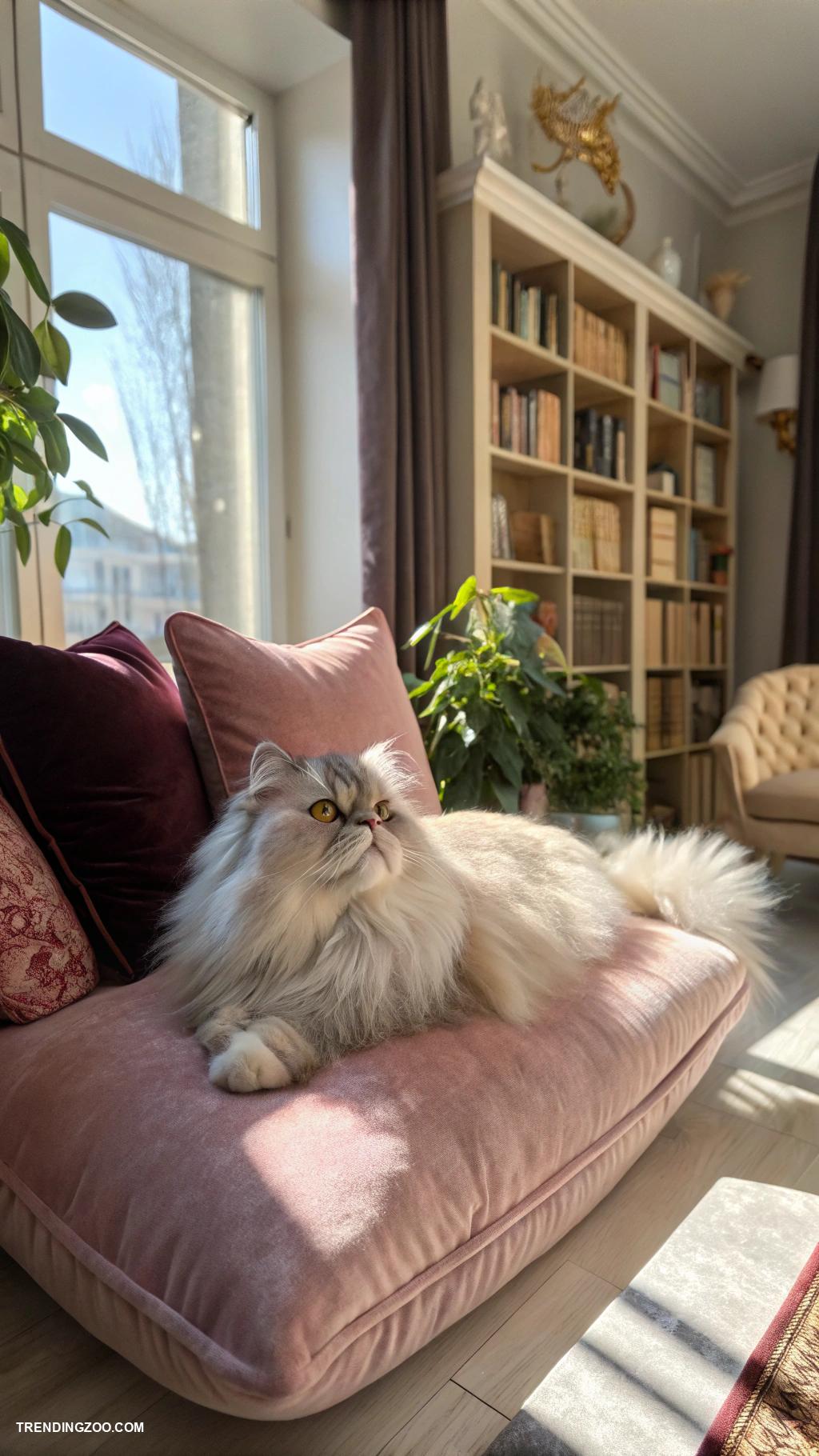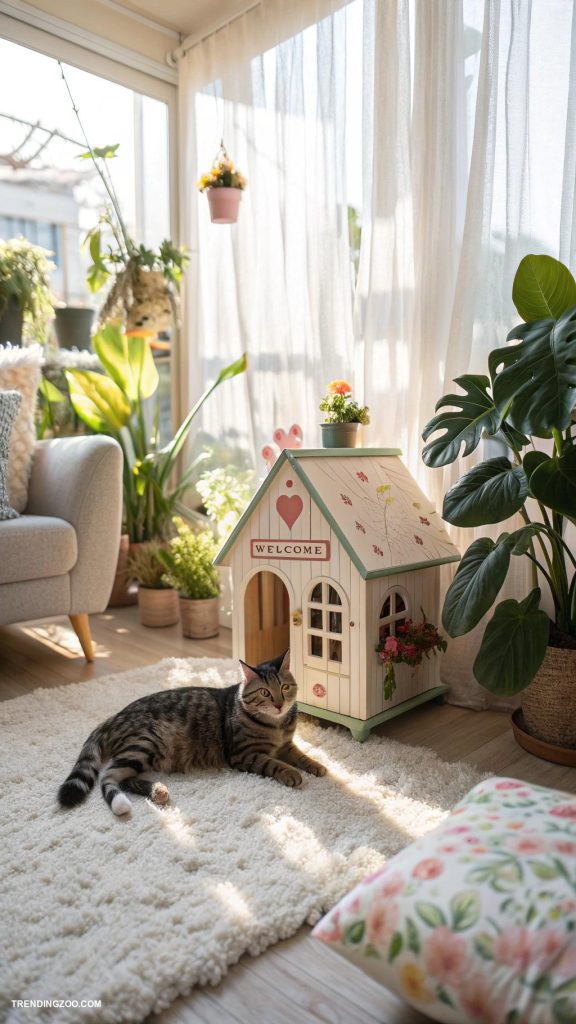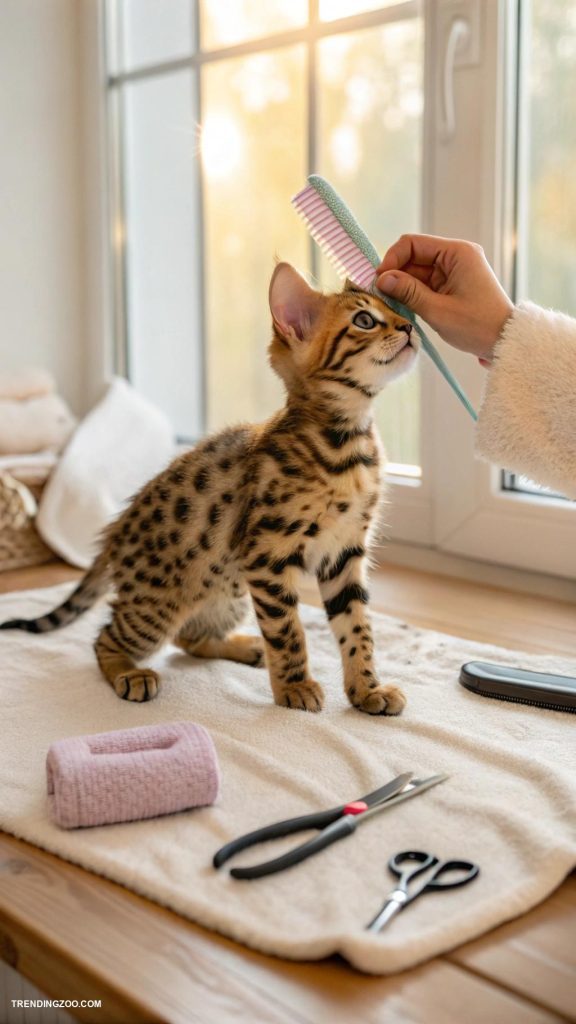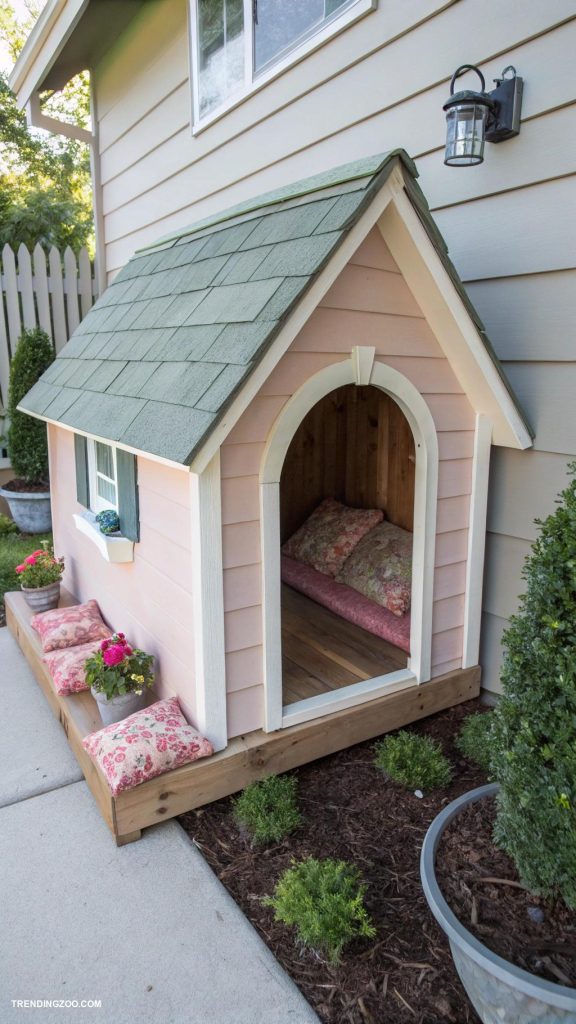With their silky coats, piercing green eyes, and regal demeanor, Persian cats are a breed like no other. Originating in the ancient land of Persia, these majestic felines have symbolized luxury and elegance for centuries, and it’s easy to see why. With their beautiful, long hair, which requires regular grooming to prevent matting, and their calm, gentle nature, Persian cats make perfect companions for those who appreciate a more low-key pet.
But there’s more to these stunning cats than just their good looks – they also boast a rich history, a playful personality, and a range of health benefits that make them a popular choice among cat enthusiasts. In this article, we’ll delve into the wonderful world of Persian cats, exploring their origins, characteristics, and what makes them such beloved pets.
History and Origins of the Persian Cat
The majestic Persian cat breed has a rich and storied history that spans over 1,000 years. Originating in the ancient land of Persia, which is now modern-day Iran, these regal felines were highly prized by royalty and nobility for their stunning appearance and gentle nature.
The earliest recorded evidence of Persian cats dates back to the 6th century AD, during the Sassanian Empire, where they were known as “Persian Longhairs” due to their distinctive long, fluffy coats. These cats were often depicted in ancient Persian art and literature, showcasing their importance in Persian culture.
Over time, Persian cats were selectively bred to emphasize their unique physical characteristics, such as their flat faces, large eyes, and luxurious coats, which came in a range of colors and patterns. The breed was first introduced to Europe in the 16th century and quickly gained popularity among royalty and aristocracy.
Today, the Persian cat is one of the most beloved and recognizable cat breeds worldwide, cherished for their calm and affectionate personality, as well as their stunning good looks.
Physical Characteristics and Appearance
Persian cats are renowned for their stunning physical characteristics and appearance, which have been refined over centuries of breeding.
One of the most distinctive features of this breed is their unique face shape, characterized by a flat, round head, a short, snubbed muzzle, and large, wide-set eyes that are often described as “saucer-like”. Their ears are small and rounded, with a delicate fold at the base, giving them a perpetually alert and curious expression.
The Persian’s coat is another defining feature, with a thick, plush double-layered texture that requires regular grooming to prevent matting and tangling. In a range of colors and patterns, including solid, bi-color, and calico, the Persian’s coat can be anything from pure white to deep, rich seal points. Their body is sturdy and compact, with a broad chest and strong legs that support their substantial weight.
The Persian’s striking appearance is a testament to their long history as a beloved and revered breed.
Personality and Temperament
Persian cats are renowned for their gentle and affectionate nature, making them a beloved companion for many cat enthusiasts. Their personality is often described as calm, quiet, and laid-back, with a tendency to be quite docile and easy-going.
They are not typically known for their playful or mischievous behavior, preferring instead to spend their time lounging in the sun or snuggled up in a cozy spot. This temperament is often attributed to their long history as a pampered and indulged breed, with many Persians having been bred as lap cats for royalty and nobility.
As a result, they have developed a strong affection for human interaction and will often seek out attention and affection from their owners. However, individual cat personalities can vary, and some Persians may be more outgoing and playful than others. With proper socialization and care, Persian cats can make wonderful companions for families with children, seniors, or anyone looking for a low-maintenance but loving pet.
Grooming and Care Requirements
Persian cats are renowned for their stunning long coats, which require regular grooming to prevent matting and tangling. Daily brushing is essential to remove loose hair and prevent knotting, and it’s recommended to use a wide-tooth comb or a slicker brush specifically designed for long-haired cats. Pay particular attention to the areas around the face, ears, and legs, where hair tends to accumulate.
Persian cats require regular cleaning of their facial folds to prevent dirt and debris from accumulating and causing skin irritation. A damp cloth or cotton ball can be used to gently wipe away dirt and debris, taking care not to disturb the sensitive skin.
Bathing a Persian cat is a rare occurrence, as over-bathing can strip their coat of its natural oils, leading to dryness and irritation. However, when bathing is necessary, use a mild shampoo specifically formulated for long-haired cats, and avoid getting water in their ears, eyes, or nose.
In between grooming sessions, Persian cats appreciate gentle petting and stroking, which can help to reduce stress and strengthen the bond between cat and owner.
Common Health Issues in Persian Cats
Persian cats are renowned for their stunning appearance and affectionate nature, but unfortunately, they are also prone to certain health issues that pet owners should be aware of. One of the most common health problems affecting Persian cats is respiratory distress, which can be caused by their flat face and short nasal passages. This can lead to breathing difficulties, especially in hot or humid environments, and may require regular cleaning of the nostrils and eyes to prevent infection.
Another common issue is polycystic kidney disease (PKD), a genetic condition that can cause cysts to form on the kidneys, leading to kidney failure if left untreated. Persian cats are also at risk of developing eye problems, including conjunctivitis, cataracts, and progressive retinal atrophy, due to their large, protruding eyes.
Persian cats can be prone to obesity, which can exacerbate other health issues and reduce their overall quality of life. Regular veterinary check-ups, a balanced diet, and a healthy lifestyle can go a long way in preventing or managing these common health issues in Persian cats.
Diet and Nutrition Needs
As a beloved and iconic breed, Persian cats require a specialized diet and nutrition plan to maintain their overall health and well-being. Due to their flat face and short nasal passage, Persians are prone to respiratory issues and therefore need a diet that is easy to digest and won’t exacerbate their breathing difficulties. High-quality, nutrient-rich cat food that is formulated for indoor cats is ideal, as it will provide the necessary vitamins and minerals without overloading their digestive system.
Fresh water should always be available, and it’s recommended to provide a water fountain to encourage drinking and help alleviate respiratory issues. Persian cats also require a balanced diet that includes a mix of protein, fat, and carbohydrates, with a focus on omega-3 fatty acids to support their skin and coat health. Their dietary needs may change as they age, and it’s essential to consult with a veterinarian to determine the best food and feeding schedule for your Persian cat.
Persian cats are prone to obesity, so monitoring their food intake and ensuring they get regular exercise through play and interactive toys is crucial for maintaining a healthy weight and preventing related health issues.
Recommended Living Environment for Persian Cats
When it comes to providing a comfortable and happy living environment for Persian cats, attention to detail is crucial. Due to their thick, fluffy coats and flat faces, Persians require a warm and draft-free space to thrive. A quiet and peaceful area is ideal, as they are sensitive to noise and can become easily stressed. A room with a consistent temperature between 65-75°F (18-24°C) is recommended, as Persians are sensitive to extreme temperatures.
You should provide a comfortable and plush surface for them to sleep on, such as a soft blanket or a Persian-style bed. As Persians are prone to eye problems and respiratory issues, keep their living space clean and free of dust and allergens. Regular grooming is also essential to prevent matting and tangling of their coats, which can lead to skin irritations and discomfort. By providing a warm, quiet, and clean environment, you can help your Persian cat live a happy and healthy life.







